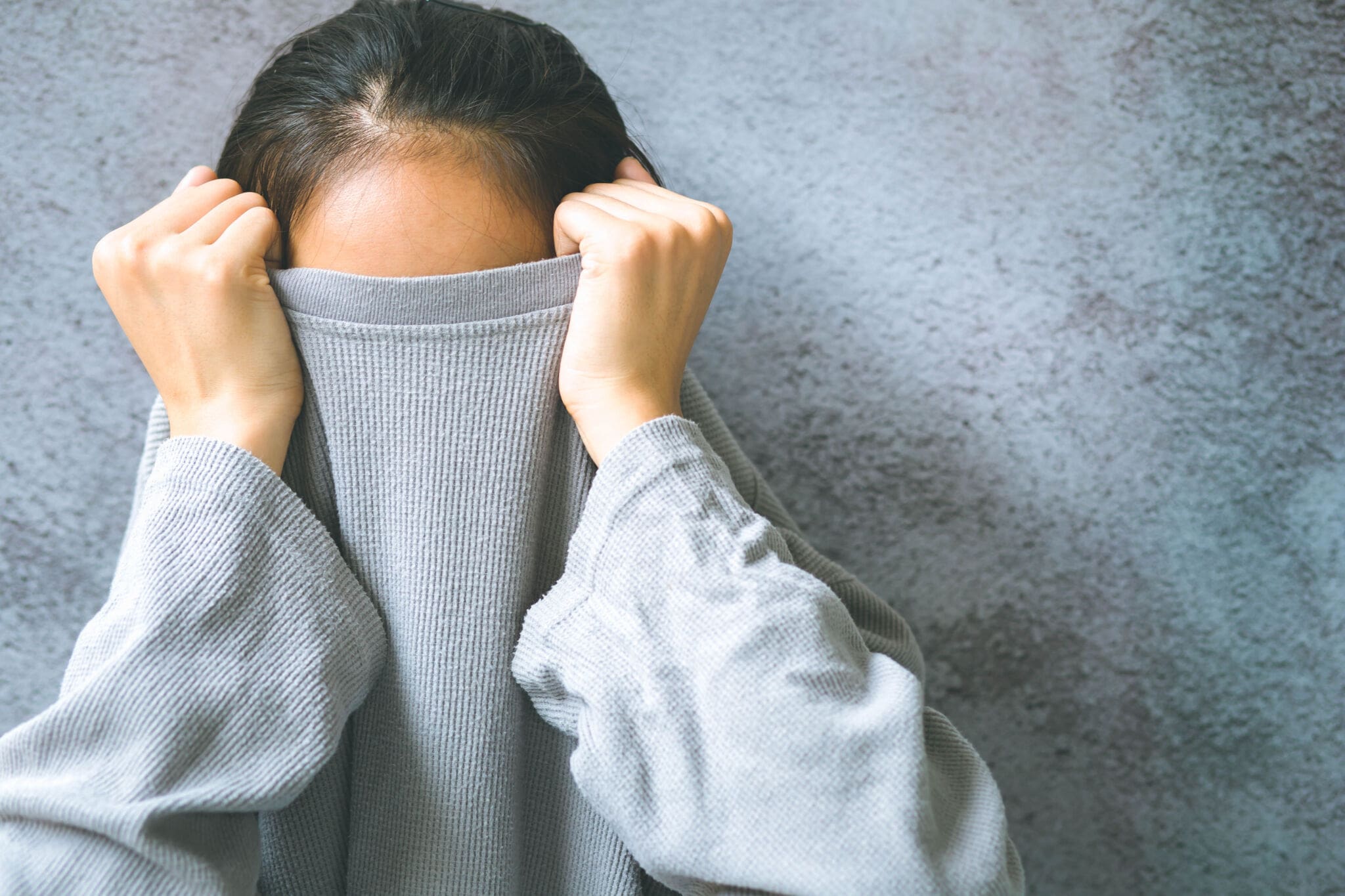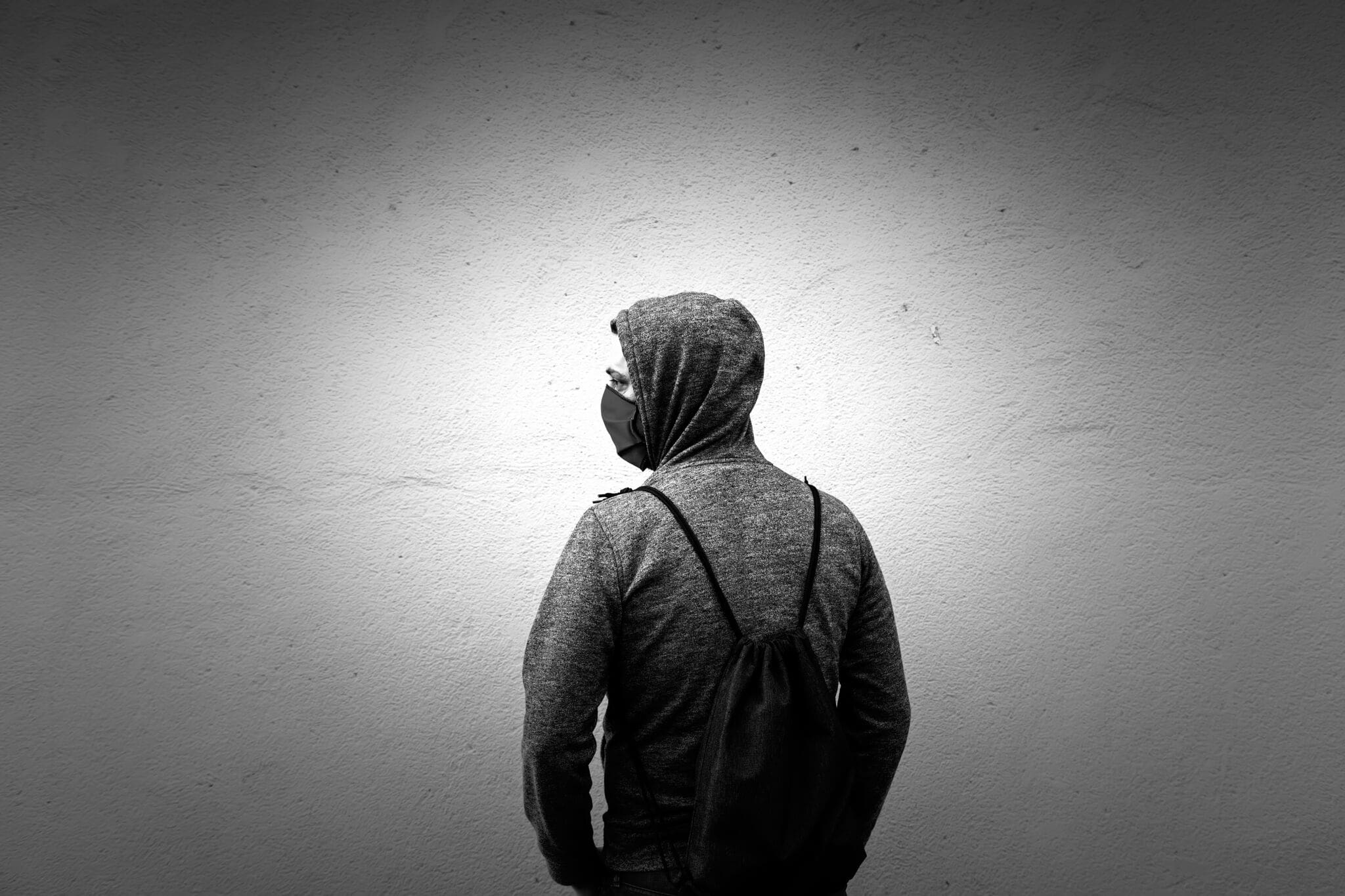In this article
What are sharps?
Sharps are small instruments or objects with a sharp edge or end that are capable of penetrating the skin.
A medical sharp is any device that is used within the healthcare industry to puncture or lacerate the skin, for example:
- Needles and syringes
- Scalpels
- Scissors
- Lancets
- Small blades
Sharps are commonly used during routine medical procedures, such as blood tests or vaccinations, as well as during surgical procedures. You may come into contact with sharps if you work within the healthcare or health and social care industry, for example:
- GP surgeries
- Sexual health centres
- Care homes or nursing homes
- Hospitals
- Hospices
- Dental surgeries
Medical sharps may also be used when people are provided care in their own homes.
Sharps are also routinely used for procedures in other settings such as in the tattoo industry or in beauty parlours. You may also come into contact with discarded sharps if you work in other businesses such as hotels, gyms or waste management services, or if you provide cleaning services (especially in high risk areas).
Everyone who works with sharps or is likely to come into contact with them should know how to handle them safely in order to protect themselves from harm. This includes understanding the risks sharps can pose to our health and wellbeing.

What are the Risks of Sharps?
Injuries from sharps can include cuts and puncture wounds which can be painful and cause bleeding. Sharps injuries also come with the risk of disease from bloodborne viruses (BBVs) or exposure to bacteria.
The Health and Safety Executive (HSE) defines bloodborne viruses as:
‘Viruses that some people carry in their blood and can be spread from one person to another.’
Sharps that are infected with infected blood can spread more than 20 diseases including:
- HIV (human immunodeficiency virus)
- Hepatitis B
- Hepatitis C
The risk of infection depends on a number of factors including the person’s natural immune system, how deep the injury is, the type of sharp, whether the sharp was sterile or, in the case of contamination, how high risk the patient is.
People commonly experience worry and anxiety about contracting a bloodborne virus after experiencing a sharps injury which can take an emotional toll. After an injury, people may also need time off work which reduces productivity and has an economic impact.
Due to the risks from sharps usage, employers must conduct a risk assessment around both the use and disposal of sharps. They should think about who may be harmed and how and put adequate safeguarding measures in place to protect everyone.
Controls may include:
- Training all staff on how to safely work with sharps.
- Provide information on what steps should be taken if there is a sharps injury or incident, including how to seek medical treatment and how to log the incident.
- Ensuring that everyone has access to the tools and resources they need in order to work safely.
- Providing PPE (for example gloves) and making sure it is used properly.
It is estimated that around 100,000 sharps injuries occur every year in the UK within the healthcare sector alone. This accounts for around 17% of all workplace accidents in the NHS. Between 2012 and 2022, compensation claims for needlestick injuries cost the NHS £10.8 million.
You may be at greater risk of incurring a sharps injury if you:
- Have not received adequate training and instruction
- Are tired or stressed
- Are understaffed or rushing
- Are working under inadequate lighting
- Are not working with care
- Are somehow impaired
To reduce the risks of a sharps injury, employers must:
- Provide full training to staff (including how to use, store and dispose of sharps)
- Understand their legal requirements for sharps management and act in line with legislation
- Provide a dedicated disposal container that is regularly emptied and disposed of safely
- Investigate any sharps injuries and put appropriate controls in place to prevent further instances
Many sharps injuries go unreported, especially within the healthcare industry with reasons cited including ‘the patient was low risk’ or ‘there was no time’. It is important to encourage a culture of safe working practices and the reporting of incidents in order to protect people from harm. This allows for investigations to be launched into the causes of sharps injuries and preventative measures to be put in place.
What to do in the event of a Sharps Injury
If you are wounded by a sharp object, here is a guide of the steps to take:
- Place the affected area under running water and encourage it to bleed
- Wash the wound gently with soap and water for at least ten minutes
- Dry and cover the wound with an appropriate plaster or bandage
- Seek medical attention immediately
After a sharps injury, you may be advised to seek vaccinations or take anti-viral drugs to reduce the chances of getting a blood borne virus. In these situations, try to stay calm and listen to the advice of medical professionals before deciding how to proceed.
If you are injured by a sharp or needlestick:
- Try not to panic
- Don’t squeeze or suck the wound
- Don’t rub or scrub the affected area
- Don’t ignore the injury – seek medical attention as soon as possible
It is important that every sharps injury is reported, even if the needle or object was brand new out of a packet and the risk of complications is minimal. Reporting injuries allows managers and employers to investigate the situation and promotes a culture of transparency and safer working practices.

Management of sharps
It is important that the use and disposal of sharps is properly managed to avoid accidents, injuries, the spread of disease and damage to the environment.
Some of the leading causes of sharps injuries include:
- A lack of training and awareness around sharps safety and injury risks
- Not using safer sharps devices
- Improper disposal of clinical waste
- Overfilled sharps bins
- Lack of awareness around infection control protocols
- Lack of understanding of the Health and Safety (Sharp Instruments in Healthcare) Regulations 2013
To safely manage sharps, and reduce the risk to workers, it is important to consider:
- Is using sharps necessary or could it be avoided? Is an alternative device available for the procedure?
- Are you making use of safer sharps? These are syringes or needles that are fitted with a shield or cover that slides or pivots to cover the needle after use.
- Are you recapping needles? Unless a risk assessment has explicitly found that this is a necessary step to prevent a further risk you should not recap needles.
In many clinical settings, it will not be possible to eliminate the use of sharps. This is when thorough training and consistent access to resources are vital in order to correctly manage sharps use.
In non-clinical settings, employers still have a duty to protect their employees and others on their premises. Sharps management should be built into general health and safety training and a sharps box provided with clear instructions for use.
Legislation around sharps management
According to the Health and Safety Executive (HSE), an employer should take steps to minimise the risk to workers if they:
- Use sharps to provide care or other services to people.
- Provide care or services to people who use sharps.
- Are involved with handling sharps equipment after use (for example in waste disposal)
- Identify a likelihood that workers may accidentally encounter sharps (for example while emptying a bin or washing bedding)
The main legislation covering sharps in the healthcare industry is the Health and Safety (Sharp Instruments in Healthcare) Regulations 2013 – these regulations apply to all organisations providing healthcare, including to people in their own homes.
Regulation 7(6)(c) of COSHH requires systems to dispose of contaminated waste safely. The Sharps Regulations build on this by requiring that clearly marked and secure containers are placed close to the areas where medical sharps are used and that instructions for how to use them are displayed close by.
A disposal container for sharps (also called a sharps bin or sharps box) is a secure container that is usually bright yellow in colour.
In healthcare settings, sharps boxes may also have colour coded lids as follows:
- Purple – for sharps contaminated with cytotoxic and cytostatic medicines
- Orange – for sharps not contaminated with medicine (often used in tattoo parlours)
- Yellow – for medical sharps/ sharps that have been contaminated with medicine
Colour coding helps to avoid cross contamination and allows for the safe and secure disposal of waste.
People who have to self-administer medication at home using sharps, for example, diabetics, may also be given a sharps box to keep at home. Sharps boxes should be kept away from children and pets.
Sharps boxes should be of an appropriate size for the setting and must be removed and disposed of routinely by a dedicated clinical waste carrier.
Sharps waste regulations
According to the Royal College of Nursing, 32% of sharps injuries are disposal related.
Safe disposal of sharps is crucial to ensure:
- Sharps injuries are prevented
- The spread of infections is reduced
- Compliance with UK law and legislation around sharps and clinical waste disposal
Regulations that may cover the disposal of sharps in the workplace include:
- The Health and Safety at Work Act requires employers to take reasonable steps to protect their workers from harm. This includes proper management and disposal of sharps to reduce the risk of injury.
- Control of Substances Hazardous to Health (COSHH) regulates the use and storage of hazardous substances in the workplace. The Sharps Regulations build on the hierarchy of preventative control measures set out in COSHH.
- Environmental Protection Act outlines the responsibility business owners have to ensure that their waste (including sharps) is handled, stored and disposed of in a way that does not cause harm to the environment.
- Hazardous Waste (England and Wales) Regulations 2005 which requires all waste that is considered hazardous to be stored securely before disposal.
Appropriate sharps containers should be:
- Clearly marked, secure containers that are puncture and leak proof
- Colour coded and labelled with biohazard symbols to clearly indicate what is inside
- Easily accessible
- Never filled above the black line
- Placed in a secure and stable area to prevent them from falling over
- Stored somewhere safe where they are unlikely to be accessed by the public or anyone not trained in their use
Sharps should only be removed and disposed of by a licensed waste carrier and should never be placed into general or household rubbish.
Some local councils, pharmacies and healthcare providers can take sharps waste. If you use sharps at home, you may also be able to bring your sharps bin into your GP surgery and exchange it for a new one.
Many waste disposal companies offer specialist services in the collection of clinical waste, including sharps. If your workplace requires a sharps bin, it is vital that management arrange for any sharps waste to be collected and disposed of appropriately to reduce risk to people and the environment. Failure to do so can result in prosecution, penalties and fines.

The basic steps of safe sharps waste disposal are:
- Ensure sharps are disposed of immediately and not left lying around or dropped onto the floor where they could be stepped on
- Use an appropriate, clearly labelled container (yellow, clearly labelled, puncture resistant with a tight-fitting lid)
- Only fill boxes around ¾ full (to the black line)
- Once ¾ full, store sharps boxes somewhere safe and secure while they are waiting to be collected.
- Sharps should be disposed of at least monthly.
- Ensure sharps are collected by a licensed waste carrier that understands how to handle hazardous waste, or taken to an appropriate setting for disposal.
- In a business, keep records of collections and disposal to ensure compliance.
- Perform regular checks for any health and safety or compliance issues.






